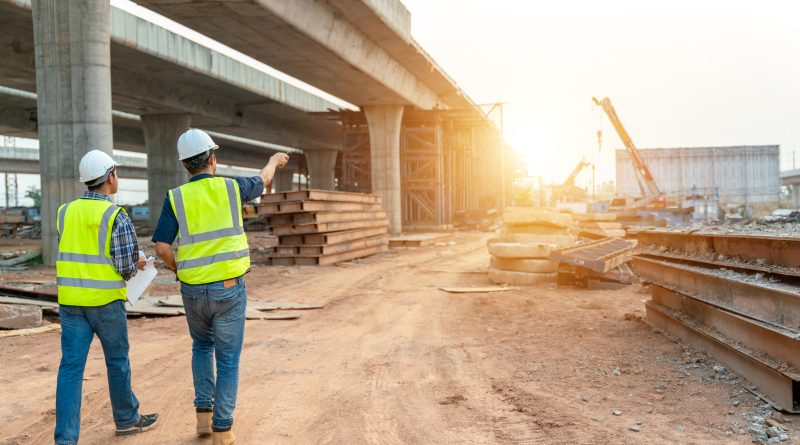USDOT awards $488 M in BUILD grants to 30 vital infrastructure projects
Secretary of Transportation Sean P. Duffy announced the allocation of $488 million in federal grants through the Better Utilizing Investments to Leverage Development (BUILD) program. Thirty projects across the United States will receive funding for improvements to roads, transit, ports, rail, and aviation systems.
The BUILD program is designed to support infrastructure that promotes economic growth, improves safety, and enhances mobility. This round of funding reflects the Trump administration’s emphasis on project readiness, cost efficiency, and strategic value across both urban and rural regions.
How the BUILD program delivers targeted infrastructure improvements
Originally launched as TIGER in 2009, the program has evolved to prioritize investment in critical infrastructure that meets federal guidelines for long-term impact and fiscal responsibility. In 2025, more than 800 applications sought over $10 billion in funding. Just 30 projects were selected.
Each award is capped at $25 million and evaluated using criteria including safety benefits, regional significance, and readiness to begin construction. Funding is distributed equally between urban and rural projects.
Road and bridge investments: reinforcing the arteries of commerce
Road and bridge projects received 77 percent of this year’s BUILD funding, underscoring the priority placed on highway safety and freight corridor efficiency.
Missouri will receive more than $24 million to expand a 14-mile segment of US Route 54 from two lanes to four between Farber and Curryville. West Virginia secured nearly $25 million to expand truck parking across three counties. These efforts aim to reduce congestion, improve travel reliability, and meet growing freight demands.
Such projects support long-term economic activity by reducing bottlenecks and ensuring safer travel conditions in heavily used corridors.
Transit and aviation upgrades building safer, connected communities
Approximately 10 percent of this year’s grants are dedicated to transit improvements. In Jefferson County, Alabama, a $25 million award will fund a new operations and maintenance facility for the Birmingham-Jefferson County Transit Authority. The facility will support fixed-route, paratransit, and micro-transit fleets.
In North Carolina, the Raleigh-Durham Airport Authority received close to $25 million for infrastructure upgrades to expand capacity and improve service. These aviation improvements aim to address increased passenger volumes and reduce operational strain.
Maritime and rail projects enhancing multimodal capacity
Port and rail projects also saw significant support. More than $35 million was awarded to maritime infrastructure, including a $25 million grant for the Bristol Port Facility in Pennsylvania. The funding will cover construction of a new dock, dredging, and upgraded offloading and rail systems.
Rail improvements include a $2 million investment in Washington state’s Snohomish County Everett Intermodal Yard. The project includes track expansion, curve realignment, and yard configuration designed to enhance freight movement and operational performance.
Balancing urban and rural development through even distribution
Funding distribution reflects a clear federal intent to balance urban and rural needs. Each received $244 million in awards. This allocation helps small and mid-sized communities access critical infrastructure improvements historically limited to larger urban areas.
From truck stops in West Virginia to airport terminals in North Carolina, the BUILD program provides a consistent funding mechanism that rewards local planning and engineering readiness.
Broader context and economic implications of current infrastructure policy
This round of BUILD grants follows broader policy adjustments under the Trump administration. Earlier this year, the Department of Transportation announced $5.4 billion in bridge funding and removed several diversity-related stipulations from its discretionary grant process.
The focus has shifted toward performance metrics such as cost-effectiveness and project execution timelines, aligning with the administration’s goals of reducing red tape and maximizing federal impact per dollar spent.
While the awards are finalized, implementation will test the readiness of local governments and transportation agencies. Delays in permitting, material procurement, or labor availability could slow progress.
Despite these challenges, the BUILD program remains a key instrument in federal infrastructure policy. As additional appropriations and future rounds of funding become available, the success of current grantees will shape the pace and direction of transportation investment into 2026.
Sources:
US Department of Transportation
